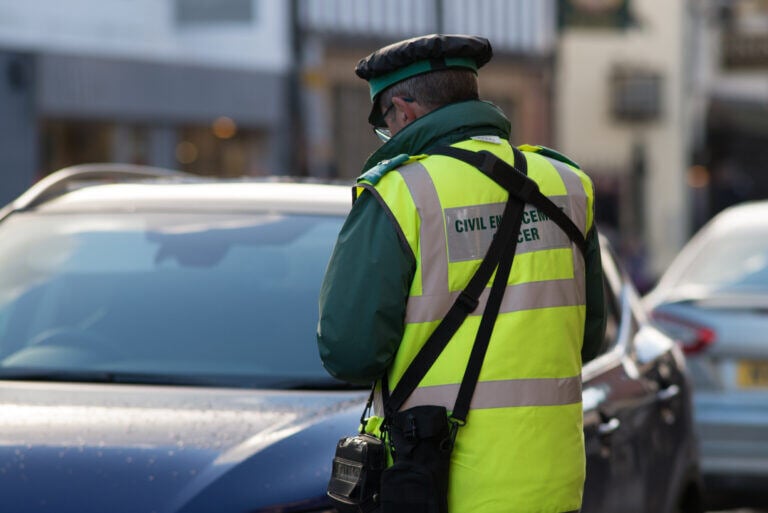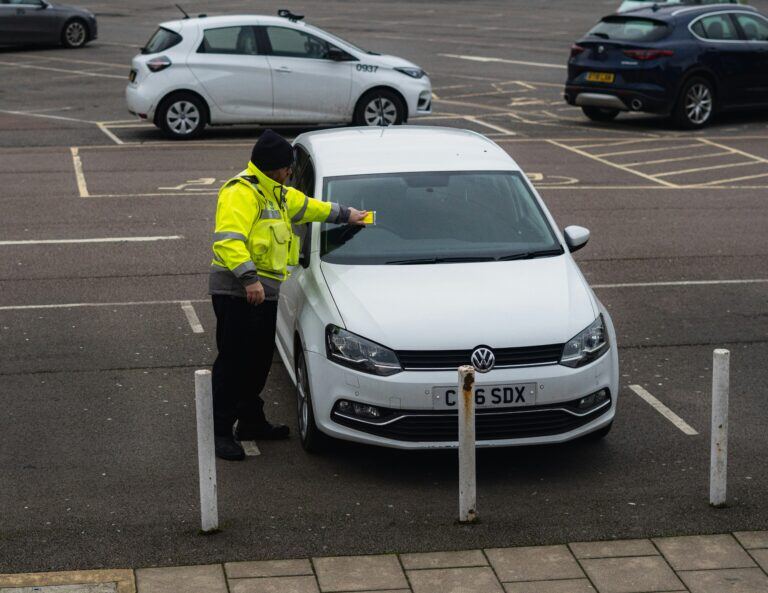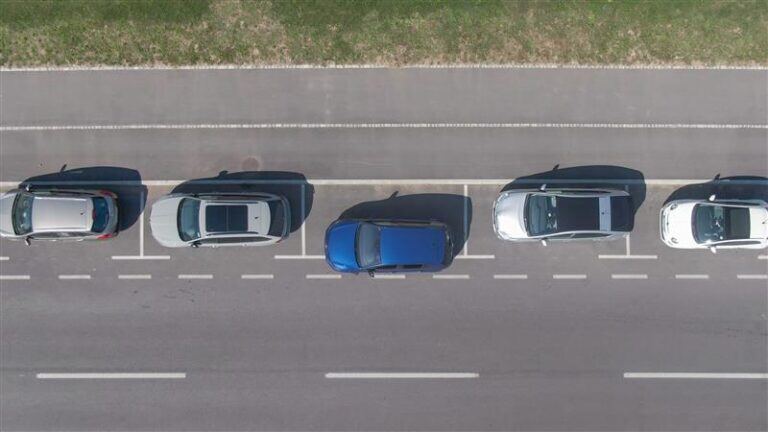2 min read
Leveraging Data for More Equitable Scofflaw Enforcement and Booting
Anna Buchner May 14, 2024 12:00:00 AM


Challenge
The threat of parking violations and collections helps deter illegal uses of the curb lane that cause congestion and endanger the safety of pedestrians and bicyclists. Sometimes, however, citations go unpaid despite the myriad of notices mailed. Vehicle immobilization—or the application of a wheel clamp (often called the “Denver boot” or, simply, “boot”) preventing a motor vehicle from being moved—forces defiant motorists to pay their fines, a societal recompense for the traffic and dangerous conditions the motorist caused.
The City of Chicago Department of Finance “boots” about 50K cars annually for outstanding parking debt. Unfortunately, a lack of data meant that assumptions had to be made about when and where to allocate Department of Finance resources.
In marginalized communities, it’s often difficult to reach essential services and commute to work and school without a car. Overworking marginalized neighborhoods not only saddles motorists with debt, but it can impede progression by limiting modal options.
Trellint’s insights helped promote impartiality and fairness by better allocating scofflaw enforcement in Chicago.
“Trellint helped us rethink boot operations to reduce the burden on marginalized motorists who depend on a car to get to and from work and school. The results after just six months are really encouraging and puts Chicago on a path for improved equity.”
Charles Billows II Deputy Director Department of Finance City of Chicago
Solution
The City of Chicago partnered with Trellint to create a new, more equitable booter allocation strategy. Trellint data scientists:
- Successfully redesigned the City’s parking enforcement zones and prioritization based on street miles and the likelihood of infractions, and leveraged that work to help shape new boot zones.
- Determined that, while non-resident motorists were booted less frequently, they owed nearly twice as many tickets as Chicagoans per booted vehicle.
- Mapped the likelihood of locating boot eligible motorists, applying a “hardship scale” to shift away from underserved communities and towards business districts with greater transient curb use.
- Provided city officials with recommendations for the boundaries of boot zones, their prioritization, and booter deployment schedules.
As a result of Trellint’s enforcement allocation strategy, both the share of parking tickets and their average fine amounts have declined in disadvantaged neighborhoods, helping to dismantle the systemic barrier of debt that hurts progression in those communities.
Results
The implementation of Trellint’s methodology in June 2023 allowed the City to course correct and reverse trends. Productivity, as measured by the number of vehicles booted, increased by 13% as vehicle seizures shifted away from disadvantaged communities. Further, the percentage of vehicles released due to payments and payment plans increased to 95.4%.
From 2022 to 2023 the percentage of booting:
- Increased from 20.4% to 26.2% in non-disadvantaged neighborhoods.
- Increased from 10.5% to 13% in predominantly non-BIPOC neighborhoods (>90%).
- Declined by 1-point in communities making less than $40K/year.
- Declined by 5-points in neighborhoods making less than $70K/year.
Further, disadvantaged neighborhoods impacted by above average booting declined (from 10.2% to 8.3% of all communities), while the percentage of underserved communities with less than average booting increased (from 13% to 14.9% of all census tracts).




